BONE GRAFTING - Columbia, MD
Don’t Let Your Smile’s Foundation Disappear
Schedule Your Appointment
Get StartedBone Grafting Restores What is Lost
Bone loss is a common consequence of both missing teeth and chronic periodontitis. Your jawbone is preserved through the pressure and stimulus of chewing. When you’re missing a tooth and it isn’t replaced with a dental implant, the bone “resorbs” into the body. The loss occurs in the alveolar bone, the bone surrounding and supporting your teeth. In the first year after tooth extraction, 25% of bone is lost and this continues until it is completely resorbed. In cases of severe periodontal disease, bacteria causes progressive deterioration of the underlying jawbone and periodontal ligaments connecting the tooth to the bone. Other causes of bone loss include misaligned teeth, infections that damage bone, and large facial tumors impacting the jaw. Our team has extensive experience performing different types of bone grafting in Columbia, MD to rebuild lost bone and help patients become candidates for dental implants.
When you’re missing a tooth and it isn’t replaced with a dental implant, the bone “resorbs” into the body. The loss occurs in the alveolar bone, the bone surrounding and supporting your teeth.
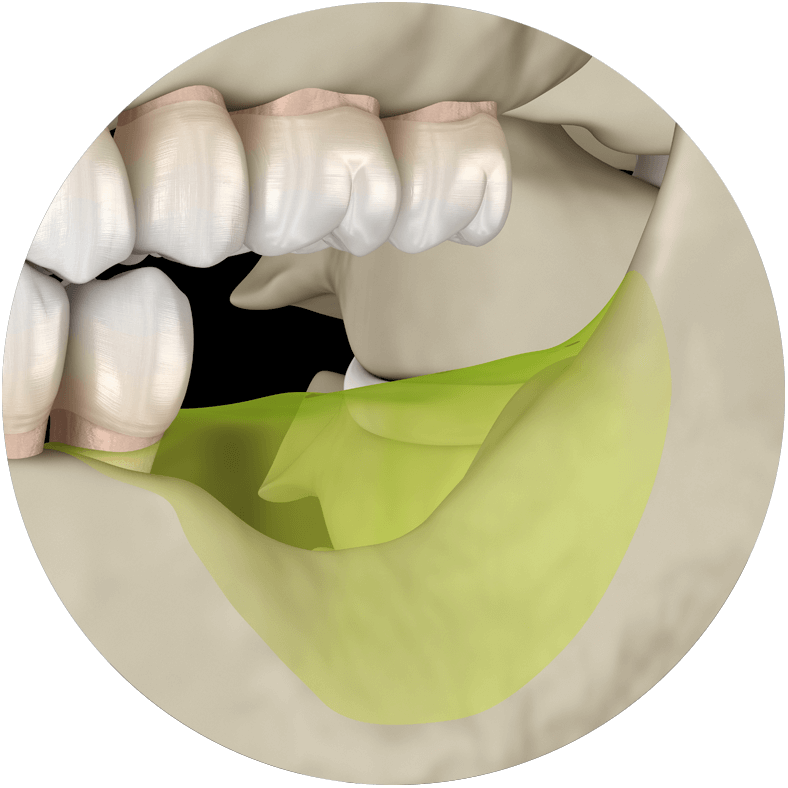
Bone Loss Has Many Consequences
While the side effects of bone loss may be noticeable with a single missing tooth, the following consequences are typically more pronounced in individuals with multiple missing teeth.
- Wrinkles around the mouth
- Shifting or loosening of remaining teeth
- Inability to eat certain foods and potential malnutrition
- Premature facial aging and collapse
- Distortion of other facial features
- Issues speaking clearly
- Ill-fitting dentures
- Thinning of the lips
- Facial pain and headaches related to temporomandibular joint dysfunction
- The need for more extensive future dental procedures
We Leverage Advanced Bone Grafting Techniques
Bone grafting is a surgical procedure that involves placing dental bone graft material in areas where the bone has resorbed, such as an empty socket left by tooth extraction. Bone grafting is often necessitated to restore the proper density, height, and width of the bone in the jaw in preparation for dental implants. We are in network with many insurance providers and offer third-party financing to make treatment more affordable. Bone grafting in Columbia, MD is usually a relatively comfortable office procedure in which we use different bone grafting materials and innovative procedures. This includes the use of bio-resorbable and removal membranes to cover periodontal pockets to block fast-growing soft tissue and enable slower-growing bone to regenerate. Our periodontists are skilled in the following procedures and protocols:
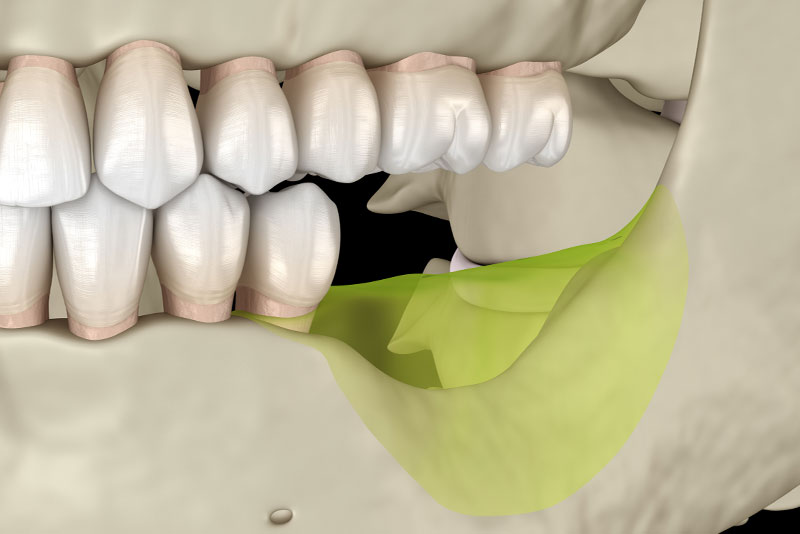
Ridge Augmentation
Inadequate bone for dental implant placement is common if a tooth was removed and the bony ridge is extremely thin. In such cases, we place a bone graft next to the thin bone and allow it to heal for up to six months. After the graft has fused to your preexisting bone, we reopen the ridge and place the implant.
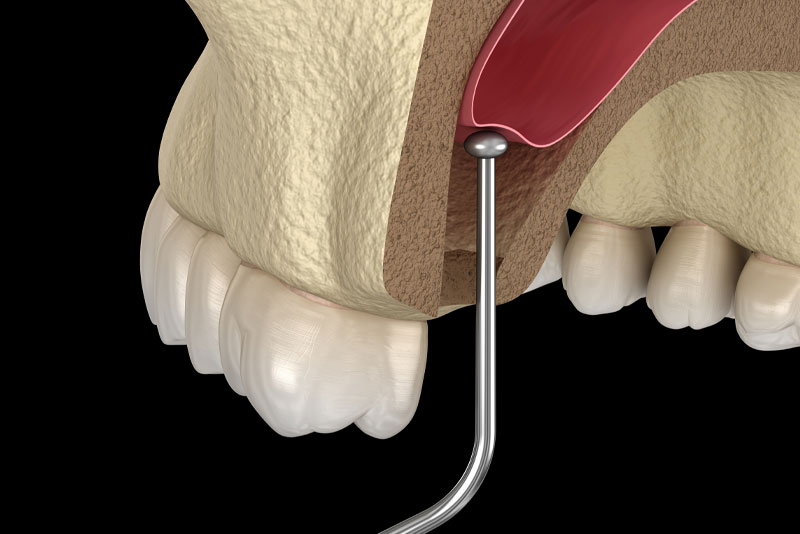
Sinus Lift
When you lose upper back molars, it’s challenging to successfully place dental implants in this area due to insufficient bone and close proximity to the sinuses. First, we make a small incision in the premolar or molar region to expose your jaw bone. Then the membrane that lines the sinus is located and elevated. We fill the space underneath with bone grafting material and then close the incision with sutures. After four to 12 months of healing, the bone integrates (fuses) with your jaw, enabling dental implants to be securely place in the newly formed sinus bone.
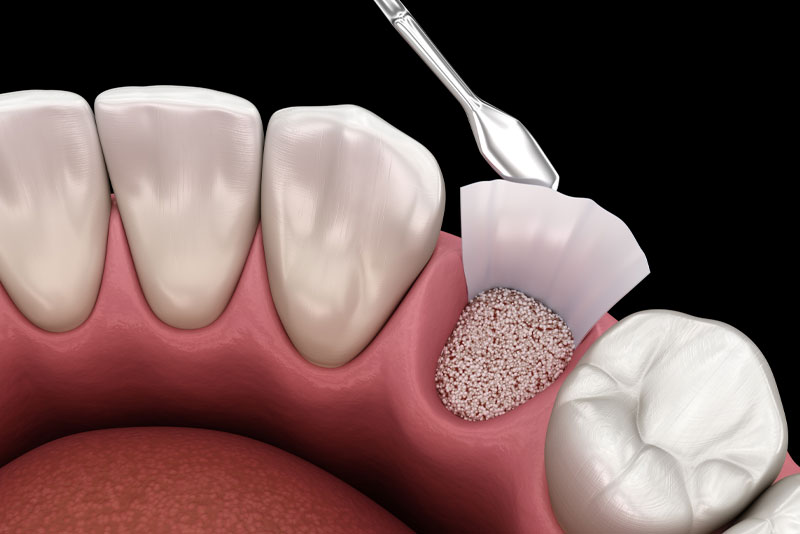
Bone Morphogenic Protein (BMP)
BMP is a naturally-occurring protein present in human bones that induces cells to form new cartilage and bone. Traditionally, BMP is harvested from the patient’s own hip or jawbone. More recently, BMP has been genetically synthesized in a liquid form that eliminates the need for a donor site and potential associated complications. BMP is sprayed onto a self-dissolving collagen sponge and placed in the area in need of new bone. After a period of healing, our team places dental implants into new and healthy bone.
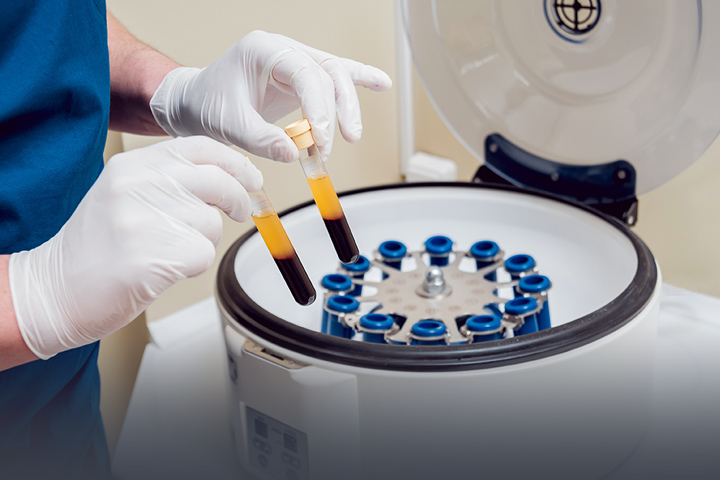
Plasma Rich Growth Factors (PRGF)
Inadequate bone for dental implant placement is common if a tooth was removed and the bony ridge is extremely thin. In such cases, we place a bone graft next to the thin bone and allow it to heal for up to six months. After the graft has fused to your preexisting bone, we reopen the ridge and place the implant.
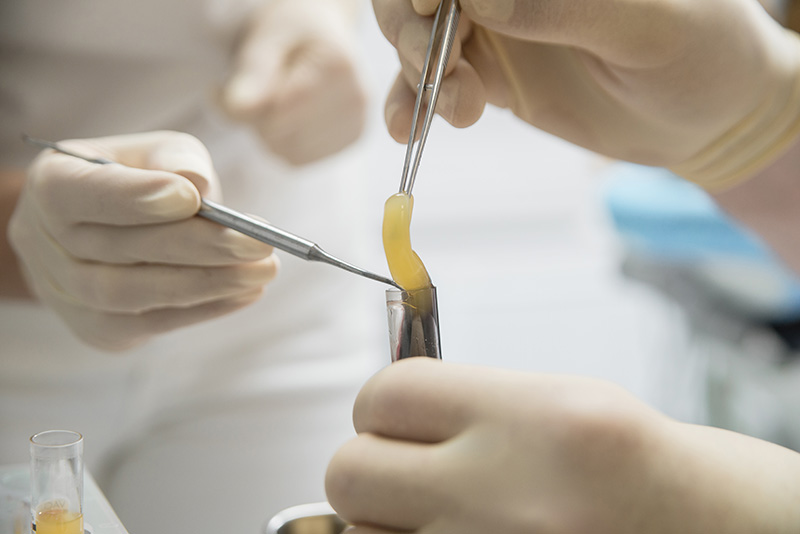
Plasma-Rich Fibrin (PRF)
This concentrated natural fibrin-based biomaterial is created from a simple draw of your blood. Like PRGF, the blood is spun for a short time in a centrifuge to separate the strong, platelet-rich fibrin layer from the blood. We place this material over surgical sites to hasten healing. PRF has been shown in studies to decrease postsurgical swelling, accelerate fusing of dental implants in the jawbone, improve bone grafting procedures, and decrease the risk of dry socket after tooth extractions, among other benefits.
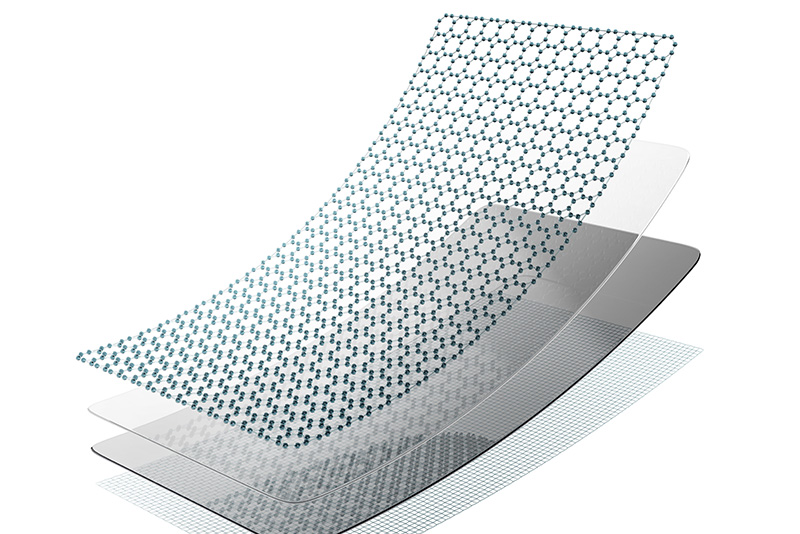
3D Printed Regenerative Mesh
Applications for 3D printing in periodontology are ever growing. These include bio-resorbable scaffold for periodontal repair and regeneration, socket preservation, bone and sinus augmentation procedures, guided implant placement, and peri-implant maintenance. Among various materials, polycaprolactone has been widely used as a scaffold material due to its documented successful outcomes in bony regeneration. Due to recent advancements, 3D-printed scaffold can be used to preserve socket and maintain the dimension of the extraction socket. In addition, 3D printing is beneficial because the bony architecture can be replicated and an internal graft structure created with minimal waste of material.

Bone grafting has direct benefits for your health and future quality of life.
The Benefits of Bone Grafting
Bone grafting helps prevent the many functional and aesthetic consequences of bone loss from worsening. Tooth and bone loss can lead to numerous problems that affect your ability to eat, oral and physical health, and personal wellbeing. In some cases, restoring bone levels in the jaw is necessary to treat infections. It is also an essential step to ensure successful outcomes when missing teeth are replaced with dental bridges, dentures, and dental implants. Rebuilding lost bone delivers a restored smile, proper function and aesthetics, and a significant boost in your confidence, health, and quality of life!





